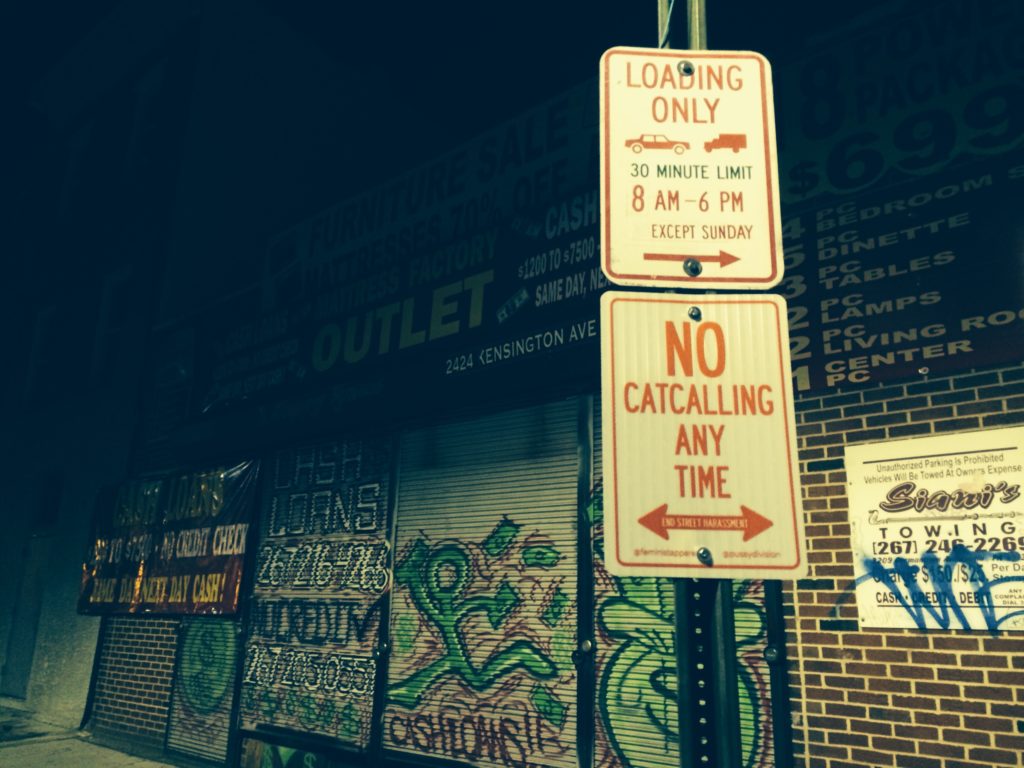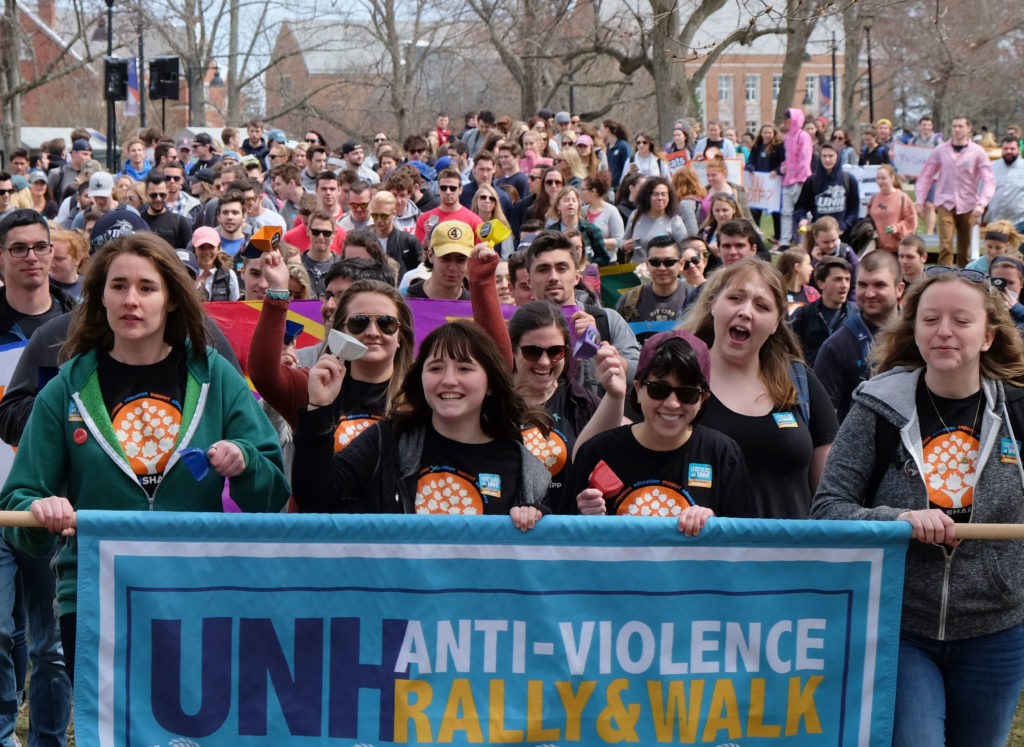Here are some of the news stories on my radar this month:

Muslim women globally shared their stories of sexual harassment with the hashtag #MosqueMeToo.
A TV reporter in Australia was sexually threatened on the street and then told it wasn’t a crime.
Men raped 21 women on public transport in Bangladesh.
A poster campaign against street harassment went viral in Iran.
New research came out about sexual harassment and children in Pakistan.
A Palestinian-American brought #MeToo to the West Bank.
Women spoke out about sexual harassment during Hajj in Saudi Arabia.
If you’re in the UK, share your views on SH with a government entity by March 5.
The Alabama Senate passed a bill to criminalize non-consensual upskirt photos.
New research is out about how US women respond to and cope with catcalling.
Why I’m teaching my daughters to be rude.
How first-generation New Yorkers deal with street harassment.
Cities are designed around men. It’s time for equality in city planning.


